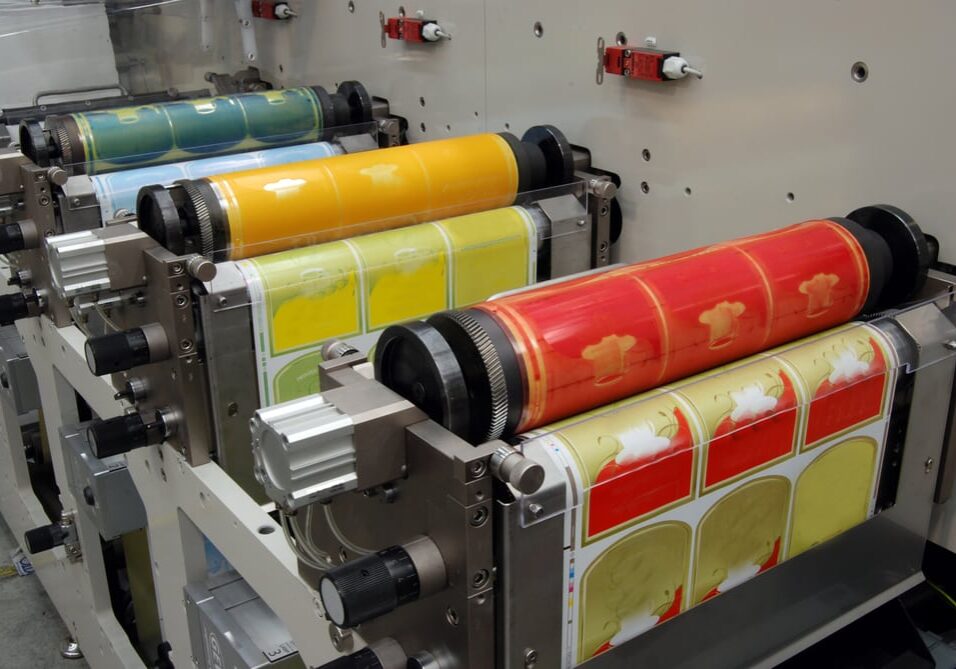Introduction to Branding and Its Importance
Branding is the process of creating and maintaining a unique identity and image for a company or product. It involves the development of a company’s name, logo, design, and messaging to convey a specific set of values and attributes. A strong brand can help build customer loyalty, differentiate a company from its competitors, and foster a positive image in the minds of consumers. As David Aaker, a renowned branding expert, suggests, “a brand is a distinctive identity that differentiates a relevant, enduring, and credible promise of value” (Aaker, 1996).
Brand Awareness and Differentiation
Brand awareness refers to the extent to which consumers are familiar with a brand’s qualities and attributes, which is an essential aspect of brand equity (Keller, 1993). A key goal of branding is to differentiate a company from its competitors, as emphasized by marketing expert Seth Godin: “a brand’s value is merely the sum total of how much extra people will pay, or how often they choose, the expectations, memories, stories, and relationships of one brand over the alternatives” (Godin, 2009).
Brand Loyalty and Emotional Connection
Brand loyalty is the tendency of consumers to continue purchasing from a specific brand, even in the face of competition. Philip Kotler, a leading marketing expert, explains that “brand loyalty is more than simple repurchasing; it is a function of consumers’ commitment to the brand” (Kotler, 2000). Establishing an emotional connection between a brand and its customers is a powerful way to foster loyalty and increase the perceived value of a product or service, as Kevin Roberts, CEO of Saatchi & Saatchi, suggests in his book “Lovemarks” (Roberts, 2004).
Brand Consistency
Consistency in branding is critical for building trust and credibility with consumers. Maintaining a consistent brand experience across all touchpoints, including advertising, customer service, packaging, and digital presence, is essential. Inconsistency in branding can confuse customers and weaken the overall brand image. As Marty Neumeier, author of “The Brand Gap,” highlights, “a brand is not a logo, a brand is not an identity, a brand is not a product; a brand is a person’s gut feeling about a product, service, or organization” (Neumeier, 2005).
Conclusion
In conclusion, branding is an integral aspect of a successful business, playing a crucial role in building awareness, differentiating from competitors, fostering loyalty, and establishing emotional connections with customers. By focusing on these key aspects of branding, businesses can create a strong brand identity that resonates with target customers and ultimately drives long-term success.
Written with the help of AI.

6 Benefits of Choosing a Local Agency
When it comes to branding and marketing, choosing the right agency is crucial. While larger global agencies may seem like the obvious choice, working with a local agency can provide unique benefits that can make a big difference in the success of your branding efforts. In this article, we’ll explore six key reasons why working…

The Importance of a Social Media Presence
Social media has become an integral part of our lives, with billions of people across the globe using these platforms to connect, engage, and share content. For businesses, social media provides a powerful opportunity to build brand awareness, connect with customers, and drive growth. In today’s competitive marketplace, having a social media presence is no…

How Dunkin’ Successfully Rebranded in 2019
The history of Dunkin’ began with a restaurant called “Open Kettle” in Massachusetts, in 1948. Founder William Rosenberg served donuts for five cents and premium cups of coffee for ten cents. Rosenberg renamed his restaurant “Dunkin’ Donuts” in 1950, and franchised his brand in 1955. Since 1950, the number of Dunkin’ restaurants has increased to…

5 Reasons Successful Branding Is Important
In today’s highly competitive marketplace, building a strong brand identity is crucial for businesses looking to stand out and connect with their target audience. A well-crafted brand strategy not only delivers a clear and compelling message but also creates an emotional connection with customers, reinforces credibility, and inspires loyalty. In this article, we’ll explore six…

8 Signs You Need to Update Your Brand
In today’s ever-changing business landscape, it’s important for companies to continually assess and update their brand to remain relevant and competitive. A brand is more than just a logo; it’s the perception that customers have of your business. Therefore, if your brand is outdated or suffering from negative perceptions, it’s time to re-evaluate and refresh…

6 Reasons why a Strong Brand is Important for your Small Business
Building a strong brand is a critical component of any successful business. A well-crafted brand strategy not only helps businesses establish recognition and build trust with their customers, but also supports advertising efforts and inspires employees. Furthermore, strong branding can increase a business’s financial value and generate new business opportunities through word-of-mouth referrals. As the…

Plan it, make it, stretch it, wrap it, ink it, spin it, long print run it : Flexographic
Flexographic printing is a form of direct relief printing that is characterized by the use of flexible printing plates. In the past, these printing plates were always made of rubber, whereas today, flexible photopolymer printing plates might also be used. These plates have a slightly raised image of the content on them, they’re inked, and…

Typefaces & Fonts Do More Than Transmit Words
Do the typefaces and fonts you choose for your brand materials matter? As long as it’s in a language the audience understands, they’ll get the intended message, right? Wrong. Typefaces and fonts are essentially the shapes of the letters. Shapes are multi-sensory, meaning they affect more than one of your senses and can easily elicit…

